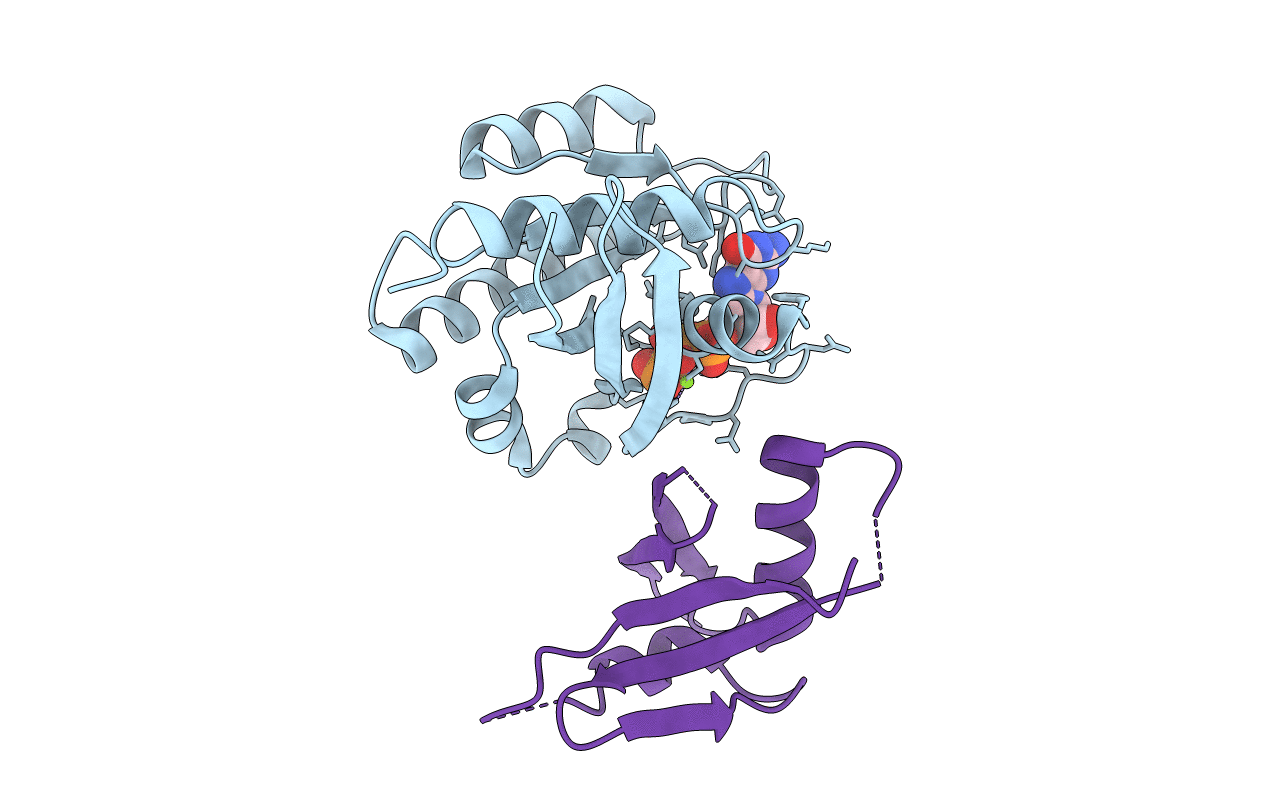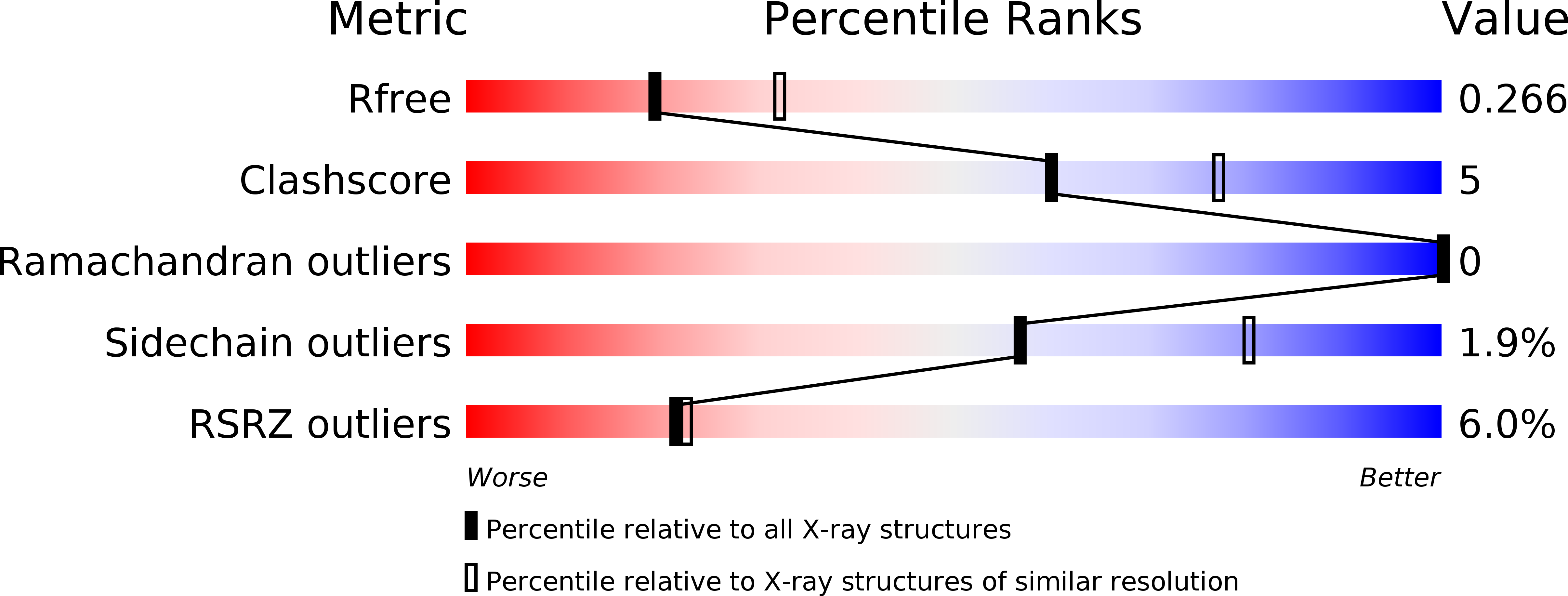
Deposition Date
2017-08-09
Release Date
2017-11-01
Last Version Date
2023-10-04
Entry Detail
PDB ID:
6AMB
Keywords:
Title:
Crystal Structure of the Afadin RA1 domain in complex with HRAS
Biological Source:
Source Organism:
Homo sapiens (Taxon ID: 9606)
Mus musculus (Taxon ID: 10090)
Mus musculus (Taxon ID: 10090)
Host Organism:
Method Details:
Experimental Method:
Resolution:
2.50 Å
R-Value Free:
0.26
R-Value Work:
0.21
R-Value Observed:
0.22
Space Group:
P 21 21 21


